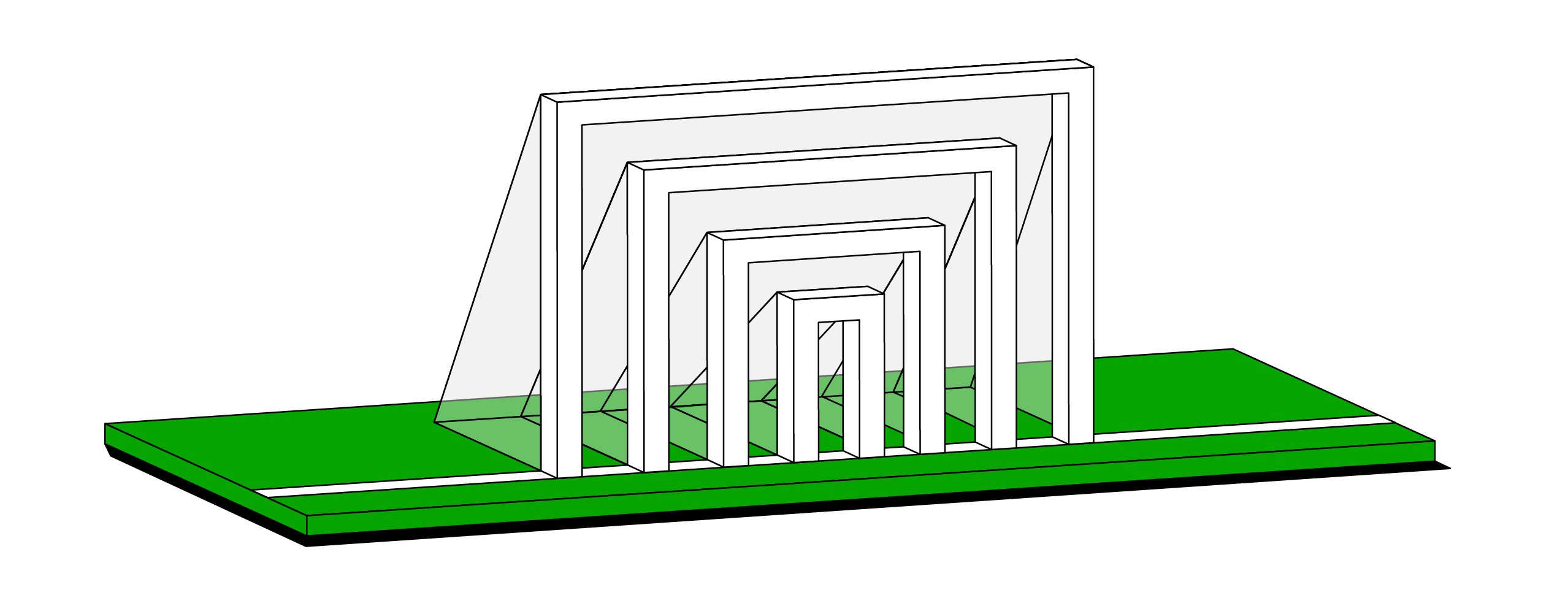[1] Following the same principle as drawing a letter, creating an illustration is easier since you don't need to play by all typographic rules.
F.C. Variable
We set a new goal. Literally. We have started a competition in which we will question the interactive potential of our illustrations. See if we can score in another way.
